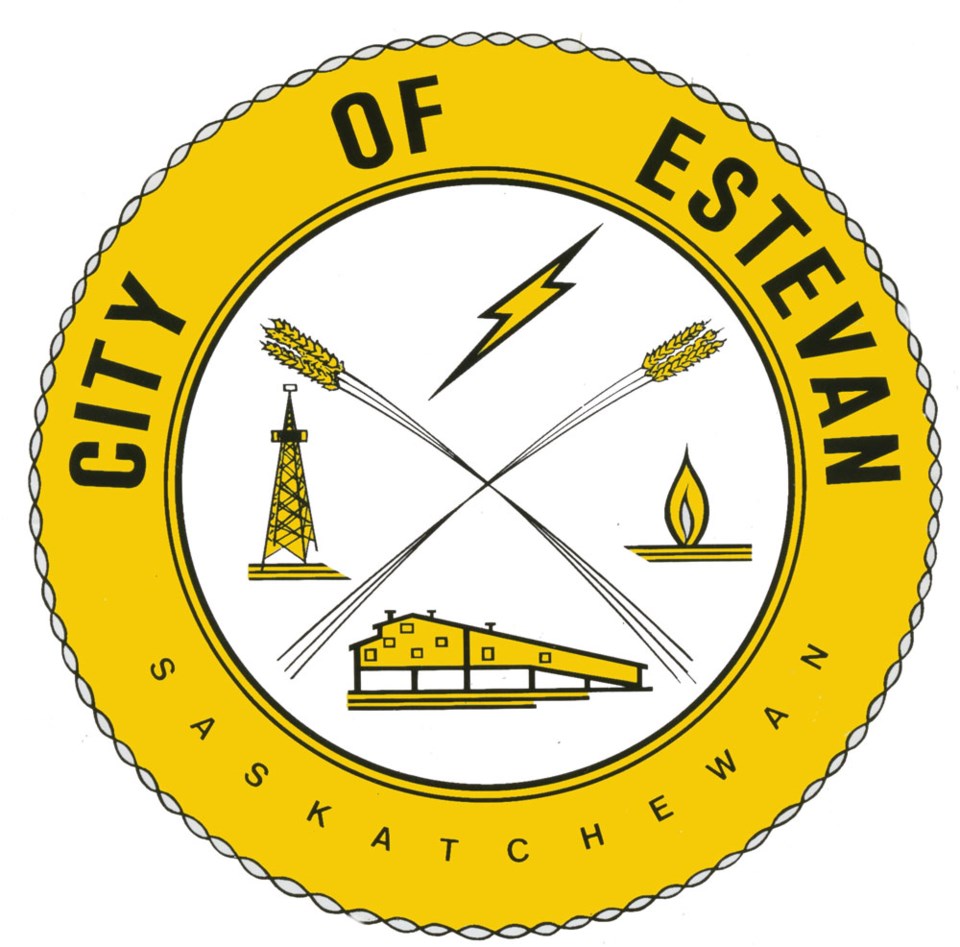The City of Estevan’s audited financial statements were released at Monday night’s meeting of Estevan city council, and they show the city continued to make strides on a number of fronts.
Giselle Bourgeois and Ashley Rushton from MNP presented the document to city council. It shows the city had a surplus of revenues over expenses of $3.30 million, with about $1.13 million of that coming from provincial and federal capital grants and contributions.
Revenues were at about $33.25 million, with nearly two-thirds of that amount ($21.42 million) coming through property taxes. Fees and charges accounted for about $10.35 million of the revenues.
The revenues were down from $33.65 million in 2017, but expenses were also down, as they came in at $31.08 million, compared to $31.31 million in 2017.
City manager Jeff Ward pointed out the city operates on a budget of a little more than $30 million, so to come close to that on an annual basis is a positive sign.
Recreation and cultural services accounted for the largest share of the expenses at more than $7.55 million, followed by protective services ($5.83 million), transportation services ($5.79 million) and general government services ($5.74 million).
The city was carrying about $7.17 million in cash at the end of last year, although about $3.09 million of that is restricted cash. Cash levels were at about $4.95 million at the end of 2017.
The restricted cash included $264,700 for the upkeep of the cemetery, $832,302 for the new Estevan Regional Nursing Home and $2 million through the federal gas tax, which will be allocated to approved projects.
There is also some money set aside for the water intake project that is currently underway, which is shifting the primary water source from Boundary Dam to Rafferty Dam.
“We’re continually doing progress billings as the project goes, and then we submit back for the Canada Builds Funds from the federal and the provincial governments,” said Ward.
As the first phase gets completed this year, the city will have a better picture of where they’re at.
“We’re in a great financial position cash-wise, and we’re making sure to monitor that and budget that as we move forward, but that continual net debt reduction and getting that as close to zero as possible is going to be a continuation here in the short-term,” said Ward.
The city’s cash level provides a built-in reserve in case something unforeseen happens, such as a disaster or an unbudgeted road repair.
“I think we’ve done a lot of due diligence, and worked with our accounting team, to make sure that … if there is a snow storm, or if there is some sort of item like that, so that we can weather the storm,” said Ward.
Total financial assets were $15.31 million at the end of last year, while liabilities were $34.16 million. The bulk of the liabilities ($28.02 million) were for long-term debt; the long-term debt for the city was at about $30.39 million at the end of 2017.
The net debt, which is the excess of liabilities over assets, was at $18.85 million, down from $23.82 million a year earlier.
Ward noted that net debt is the figure that many municipalities pay the closest attention to, and it’s been a point of emphasis for city council.
“I think we’ve implemented a plan that’s still relevant and useful. Generally the plan is to pay down about $4 million or $4.5 million a year, while still borrowing $2 million to complete large-scale projects,” said Ward.
If there’s one source of concern with the financial statements, it remains with the taxes receivable category, which stands at $2.5 million and growing. That figure has been climbing in recent years, but Ward sees some reason for hope looming.
“There was some sales of some properties here in the start of this year, that will reduce that pretty substantially, so that we’re to a more comparative level, but it’s definitely something that we have to be concerned with, and make sure that we watch.
“We’re going through our tax enforcement process, just like any other year, and council is being made aware and given that information as they go into any budget year.”



